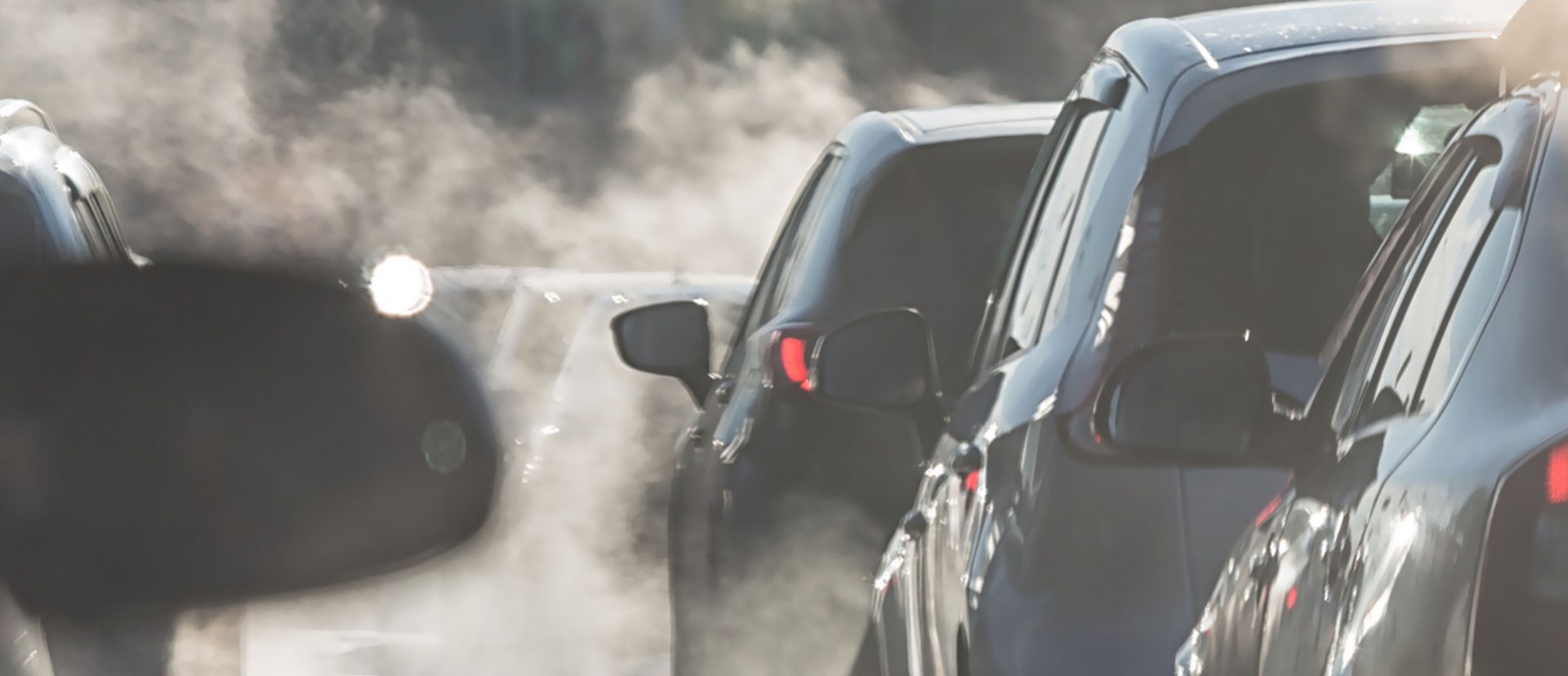Cooperation with and in the private sector to achieve positive environmental changes can come into conflict with competition laws. A recent example is the DOJ’s investigation of car producers regarding their voluntary adoption of California’s more stringent environmental standards. This brief paper looks at the DOJ’s investigation and contrasts it with how such a case would have been handled under EU law. In the EU, it is questionable whether such an arrangement would even have been subject to competition law in the first place or prohibited under the EU’s consumer welfare standard. While the DOJ dropped the case, it becomes clear that the U.S. and EU approaches to such agreements and standards seem to differ significantly, hence departing from the long-standing principle of comity. Questions also arise whether the goal of protecting the (federal) legislator rather than the consumer welfare standard motivated the case in the first place.
By Julian Nowag & Alexandra Teorell1
I. INTRODUCTION
The actions of companies inevitably play a central role in tackling climate change. Similarly, the Paris agreement and the United Nations’ Sustainability Goals embodied in the UN Resolution 70/12 foresee substantial action by the private sector. To produce environmentally relevant effects, companies may occasionally be required to collaborate, which is where antitrust or competition law3 comes into the picture. Many countries have seen industry-led initiatives set
...THIS ARTICLE IS NOT AVAILABLE FOR IP ADDRESS 216.73.216.89
Please verify email or join us
to access premium content!

